Karnataka grapples with the complexities of urbanization and population growth as it strives to provide affordable housing solutions through government schemes. Despite successes, stories of bureaucratic delays and incomplete projects shed light on the challenges ahead. Can Karnataka bridge the gap between housing aspirations and reality?
In Karnataka, the hope of homeownership is linked with challenges where the government created Dr. B.R. Ambedkar Nivas Yojana Urban and Vajpayee Urban Housing Scheme to provide affordable housing solutions to marginalized sections of society. But, the realization of this dream is not an easy task as it is full of obstacles.
Dr. B.R. Ambedkar Nivas Yojana Urban targets upward mobility of the Scheduled Caste families in urban slums, and the Vajpayee Urban Housing Scheme focuses on the EWS and LIG in urban areas. Within such a scheme, financial aid is granted for the construction or expansion of homes, depending upon income and land ownership status.
Both these efforts are being tried by the Government, but the affordable housing population is huge in Karnataka. Considering that the state feels a dire need for 8.4 million additional housing units to make up for the existing deficit, it faces such complexities as massive urbanization, growing population, and low-income families` inability to afford decent homes. The proportion of the urban population is projected to be 57% by 2031, which will further increase the pressure on housing resources.
Success stories give us a ray of hope amid adversity. Officials from cities like Mysuru show gratitude for these schemes by affirming that they are leading to improved living conditions for beneficiaries. Nevertheless, the local stories about Shantikarjun from the village of Belgav highlight the land acquisition problems and bureaucratic delays of the system and thus the plight of the families who have uncompleted houses.
Karnataka, which is as busy and populous as a state, owning a home is a bitter truth that goes deep into the socio-economic context. This is aggravated by the challenges of rapid urbanization, rising population, and the struggle of low-income families to access decent living spaces. Principal studies revealed a shocking housing deficit of more than 8.4 million units in Karnataka which is continually increasing the gap. It thus means that millions of households live in substandard homes, or overcrowded slums, devoid of the minimal requirements of sanitation and safety.
Despite being promising, Karnataka’s housing schemes have encountered implementation difficulties encompassing inadequate funding, bureaucratic delays, land acquisition issues, and logistical challenges. Confronting these obstacles is just impossible without a dramatic increase in investment, simplified procedures, creative land alternatives, better planning, and community participation. The success of these projects in alleviating the problems is very critical to the delivery of transformation and bridging the housing gap in Karnataka.
It is essential to critically reflect on the results. Despite the existing success stories, the raised issues call for immediate solutions. Resource allocation efficiency, stakeholder collaboration effectiveness, and innovative solution exploration are necessary for impact optimization. While the housing story of Karnataka rises, one should remember the setbacks and learn from the past. The cooperation can only help us to bridge the gap between ambition and reality, thus making affordable housing an essential foundation of a better future for everyone who lives in Karnataka.
An official from the Karnataka Housing Department in Mysuru mentions, “There are sometimes families that were issued their papers, but they don’t occupy the houses themselves–they hire people to occupy them instead or even sell the papers. In such cases, we may not even identify the issues. To my knowledge, the set targets are accomplished, and the beneficiaries received their houses in Mysuru region.”
But the story of Shantikarjun–Belagavu brings us to the problems met by people, “ I was supposed to be at home within this month but the permission of land is still awaited. It is already two and a half years of making a beeline to the offices and knocking on the doors of higher officials, yet I am still waiting for a reply. I just cannot see the light at the end of the tunnel
Just like this, another resident of Belgav also says, “After 3 years, I got my house but it is yet under construction”. There is no more possibility of making it ready. Being parents of three girls and a boy, however, it becomes one of the biggest problems for us to collect food. However, when we were given the plot of land we were happy, but now even the roof of our home is not protecting us anymore.
Whether in terms of achievement or challenges, Karnataka’s affordable housing agenda reflects the same. The voices of beneficiaries who speak on the bureaucratic hurdles and the unfinished housing projects reveal the intricacies of these initiatives. Moving forward, Karnataka must allocate attention to resolving the hurdles encountered during its journey in housing development. Through learning from past mistakes and creating collaborative networks, Karnataka is set to reach its target of ensuring that no one lacks a secure and dignified place to stay. This continuous effort is very important as it is one of the most important factors that determine the creation of a more inclusive and prosperous society.




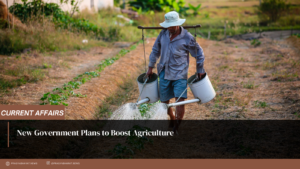
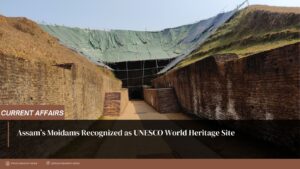

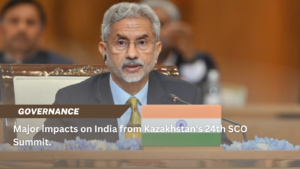
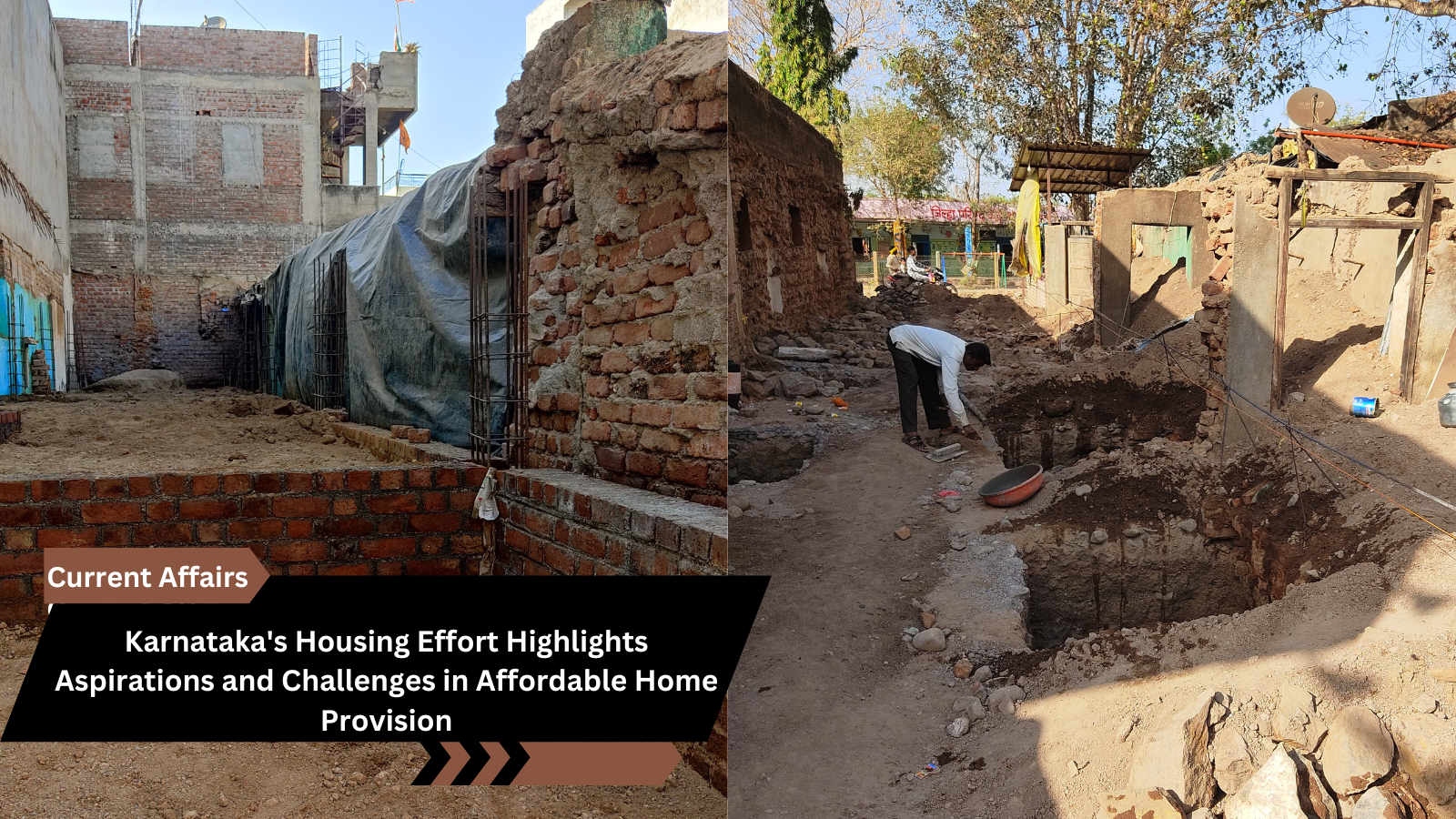




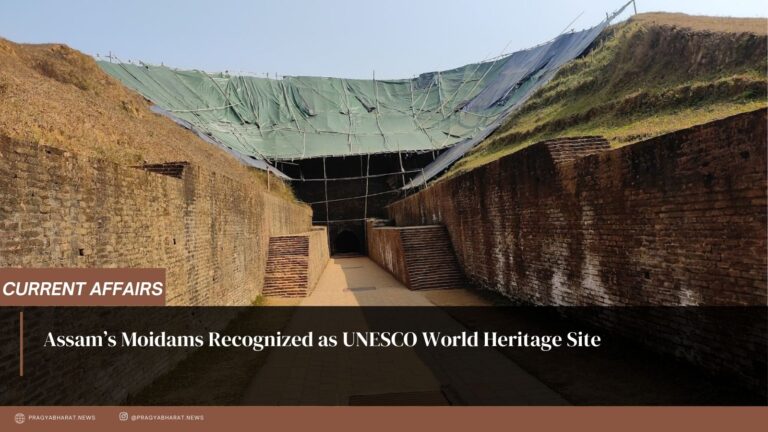



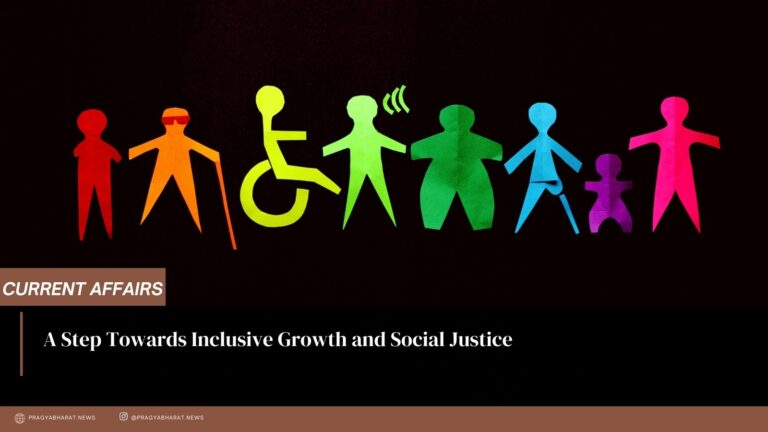
+ There are no comments
Add yours